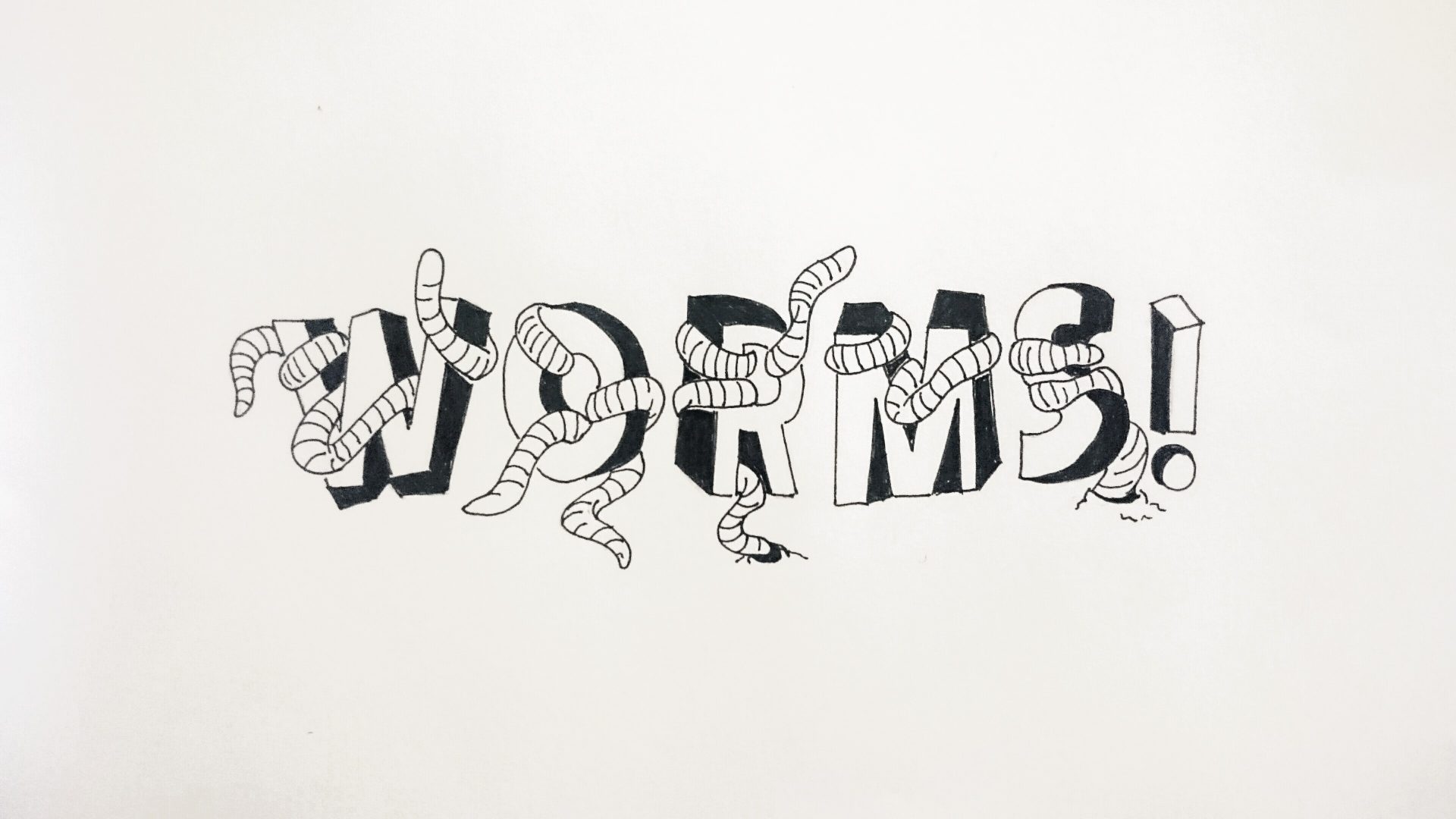
By KAILEY HOLZMAN /// Staff Writer
WHAT IS LIFE like for a wood worm? Boring? Life is not boring for the worms that live in the labs of Professor and Chair of Biology Greg Hermann. Lewis & Clark received a $383,000 grant from the The National Institute of Health to support Hermann’s research of Caenorhabditis elegans (C. elegans). The school obtained this grant shortly after receiving a grant from the National Science Foundation. These two highly competitive grants will allow Hermann to further his research.
The research is dedicated to studying nematode C. elegans. This type of nematode worm could lead to discoveries about Hermansky-Pudlak Syndrome (HPS). HPS patients struggle with albinism, reduced vision, inflammation of the intestines and blood clotting. Hermann and his team study similarities in genes of the C. elegans and mammals to discover more about HPS.
The research focuses on lysosome related organelles (LROs). Defects in LROs are the cause of HPS.
“There is quite little known about LRO biogenesis,” Caitlin Morris ’16, Hermann’s lab technician, said. “It’s thrilling to be a part of the discovery that will inform knowledge of these processes as well as treatments for human diseases that are caused by irregular LRO biogenesis.”
Hermann has been conducting this research since 2003. In this time, he discovered an organelle called the gut granule. The intestines of C. elegans contain this organelle.
“The first gene we discovered that played a role in [gut granule] formation shared a sequence with a gene in mammals that was implicated in LRO formation and Hermansky-Pudlak Syndrome,” Hermann said.
This led him to discover that the gut granule is a LRO. This allows Hermann to study the gene that forms the gut granule. Analyzing the irregularities in this LRO in the C. elegans could provide insight on what goes wrong in HPS, as the gene is homologous in humans and in the worms.
Students and lab technicians work hard to keep making discoveries.
“[Herman] is an excellent mentor who encourages his research students to work hard and think critically,” Morris said. “It’s great to see students grow so much in their scientific careers whilst aiding in important discovery.”
James Brandt ’17, a student of Professor Hermann, said he is “responsible for generating and maintaining new strains of C. elegans, carrying out experiments, collecting data, and organizing the data into figure.”
The biology department has put emphasis on studying Hermann’s discoveries. Currently, 24 Biology and Biochemistry & Molecular Biology majors are studying LROs. All students in Cell Biology (BIO361) are required to study LRO formation. The project is more lovingly named Wormland.
“Greg [Hermann] has an infectious excitement for cell biology and we have a lot of talent in the lab right now,” Brandt said. “VIVA LA WORMLAND.”
Subscribe to the Mossy Log Newsletter
Stay up to date with the goings-on at Lewis & Clark! Get the top stories or your favorite section delivered to your inbox whenever we release a new issue.

Leave a Reply